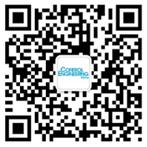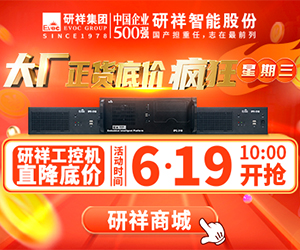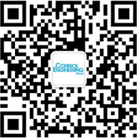The manufacturer’s current method for detecting defects required an operator to evaluate an image projected onto a wall with an overhead proje

Defects appear as bright spots
MicroCraft re-conducted the manufacturer’s original test procedure using a cross-polarized light field, along with vision and motion systems. In this method, distortion of the aligned polymer chains in the material made defects appear as bright spots. A two-step analysis was then conducted using two cameras—ones with large and small fields of view (LFOV and SFOV, respectively) and different magnifications (LFOV: 0.3X, SFOV: 6.4X). The LFOV camera was used for initial film inspection to find defects. Operators used the SFOV camera for secondary defection evaluationwww.cechina.cn, and to capture images and measurements for data storage.
A backlight table was covered with a polarizing sheet and placed on a 2-axis linear rail system to control the lighting and motion of the manufacturer's 8-in. diameter samples. Motion, vision控制工程网版权所有, and data collection were combined using a National Instruments PXI-7324 motion board and two PXI


 在线会议
在线会议 论坛
论坛 专题
专题 工控直播
工控直播 新闻中心
新闻中心 子站
子站 技术
技术 社区
社区



 IDEC HR8S系列新一代安全继电器有奖试用活动
IDEC HR8S系列新一代安全继电器有奖试用活动 2025(第二十一届)年度最佳产品奖有奖投票中
2025(第二十一届)年度最佳产品奖有奖投票中 AVEVA剑维软件食品饮料行业白皮书有奖下载
AVEVA剑维软件食品饮料行业白皮书有奖下载 立即有奖下载TE重载连接器选型指南
立即有奖下载TE重载连接器选型指南 2025(第十四届)全球自动化和制造主题峰会
2025(第十四届)全球自动化和制造主题峰会




























